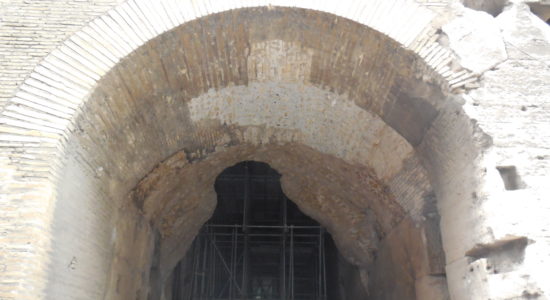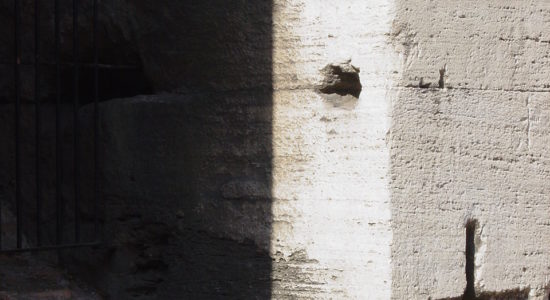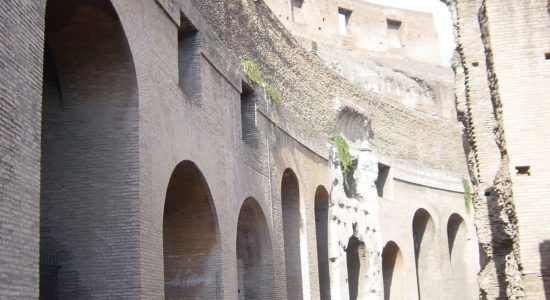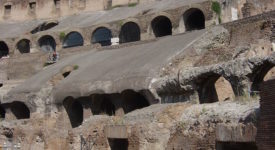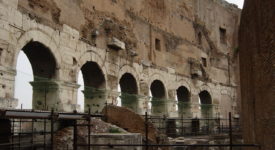Roman Colosseum
IGeS World
Cultural heritage : restoration & consolidation
IGeS World works in the restoration and consolidation of the entrance vaults number 31 and 33 of the Roman Colosseum – Rome – Italy.
- 18 January 2019
- Posted by: iges
- Category: engineering
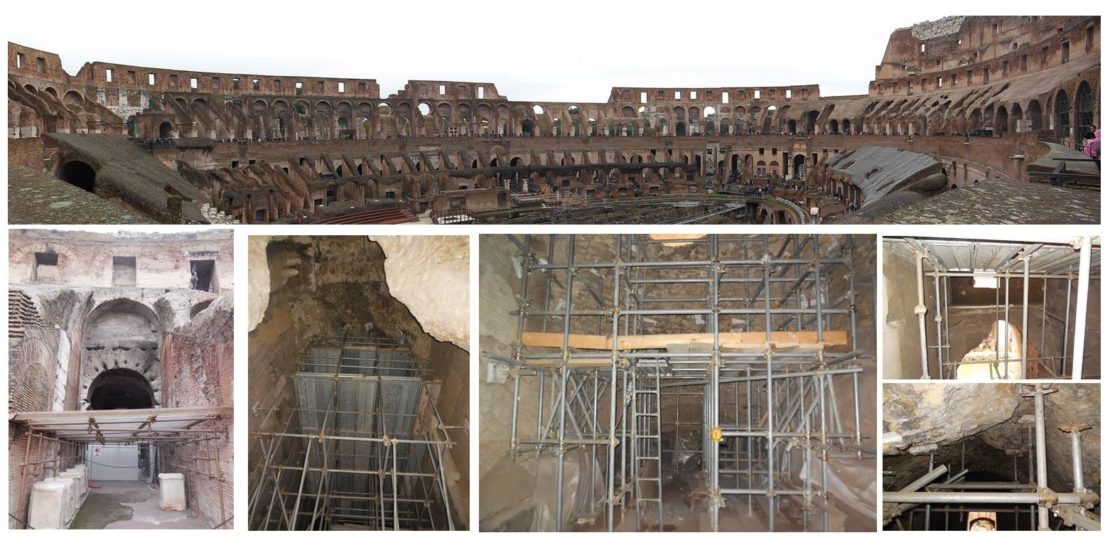
The Flavian Amphitheater
The Colosseum, the largest amphitheater in the Roman world, was commissioned around A.D. 70-72 by Emperor Vespasian of the Flavian dynasty as a gift to the Roman people. It was opened officially in A.D. 80 by Vespasian’s son, Titus, who held the 100-day long inaugural games at the new Flavian Amphitheater. For more than 50,000 spectators, the Colosseum exhibited gladiatorial combats, hunts, wild animal fights and larger combats such as mock naval engagements (for which the arena was flooded with water).
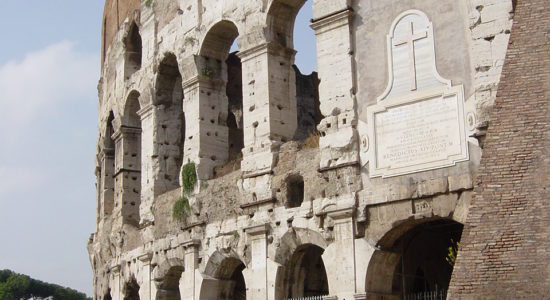
Design and engineering
The complete structure measuring some 620 by 513 feet (190 by 155 meters) is shaped as an amphitheater, a shape created by the Romans by combining two semi-circular theaters to make a continuous ellipse. The Roman concepts of proportions and symmetry are found elsewhere throughout the building. Roman engineering concepts, such as arches, columns, and vaults, are very common in the design as well.
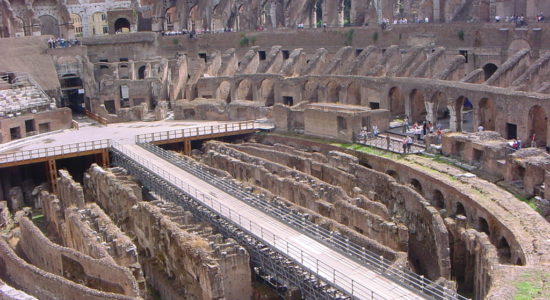
At the Colosseum, vaulted arches, like the exterior arches, were made of Roman concrete, which added strength to the building without adding much weight. Vaults were invented by the Romans by combining multiple arches for structural support. The ceilings of the passages and corridors on the exterior all had vaulted arches with supports made of durable limestone. Vaults made the ceiling much stronger than a flat ceiling and transferred weight from the arches down through the columns.
Along the time…
The Colosseum had an active use for four centuries, until the struggles of the Western Roman Empire; from then to the 20th century, a combination of weather, natural disasters, neglect and vandalism had destroyed nearly two-thirds of the original Colosseum, including all of the arena’s marble seats and its decorative elements.
Restoration efforts
Restoration efforts has begun since the 1990s, and have proceeded over the years, as the Colosseum continues to be a leading attraction for tourists from all over the world as an ICONIC symbol of the Roman Empire, Rome.
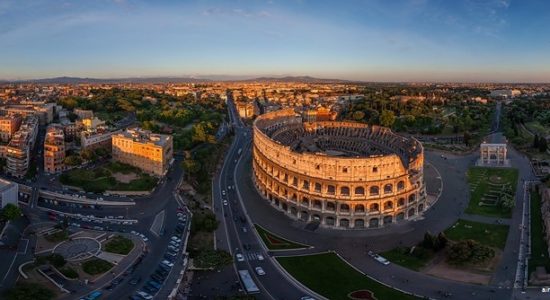
Restoration and consolidations of Vaults
IGeS World is working in the restoration and conservation of the Vaults n.31 and 33. In the past, these two vaults had a diverse function, the first one, during the exhibitions, allowed the public to climb up to the second level of the Amphitheatre. The second one, instead, linked the outer passage to the inner one.


